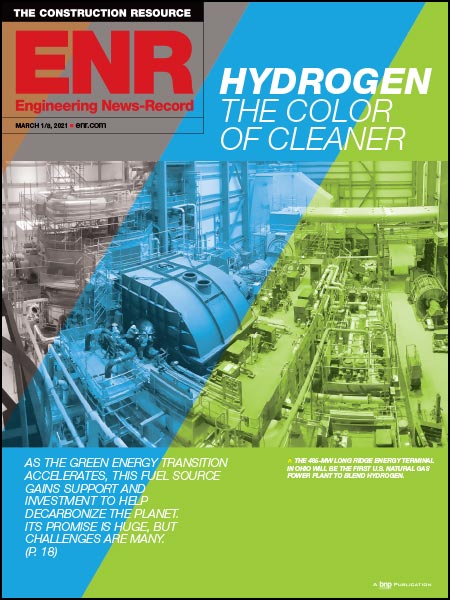In terms of overall operating costs for heavy equipment, including depreciation, fuel can account for 30% or more of the total tab. Over time, fuel costs add up. A heavy civil job lasting several years may easily consume $1 million in fuel.
“It makes you think,” says Thad Pirtle, vice president of equipment for Evansville, Ind.-based Traylor Bros. Inc. “When fuel jumped up to $5 a gallon a few years ago, it got everybody’s attention.” Small changes, such as cutting idle time, upgrading machines and training operators, can generate huge savings, fleet managers say.
More incentives to upgrade are available. Original equipment manufacturers (OEMs) have spent the last two decades improving their diesel drivetrains so that they burn cleaner. Now that they are closing the hood on overhauls needed to meet strict diesel-emissions regulations known as Tier 4, OEMs are turning their research-and-development dollars to improving fuel burn.
“Engines are getting more fuel efficient as well as cleaner,” says Dave Foster, vice president of marketing, Americas, for Volvo Construction Equipment in Shippensburg, Pa. “We’ve found our Tier-4 machines, on average, versus Tier 3—which was then industry leading—are 5% to 8% more efficient.”
Tracking Consumption
By tapping into the electronic data stream that controls emissions, OEMs also are making components—such as engine, transmission and hydraulic pumps—“talk” more to each other, but the savings that return aren’t always free. Because of increased complexity, prices for construction machinery were up 1% in June over the same time last year, according to the Producer Price Index, and up 12.3% since the same time in 2010, when Tier-3 machines were the norm. That’s when Volvo launched the industry’s first fuel-economy guarantee program.
Now in its sixth year, Volvo’s program has expanded from wheel loaders to dozens of other new machines, including excavators and articulated haulers. Here’s how it works: A buyer purchases a new Volvo L350F wheel loader, which is guaranteed to burn 9 gallons per hour or less, and registers the machine for the free program. Using the wireless telematics service included with the machine, Volvo will, for the next 5,000 hours or two years—whatever comes first—measure the actual fuel burned.
Twice a year, Volvo will send the owner a dealer credit equal to $0.75 per gallon consumed above the estimate. If the owner signs up for a maintenance contract, which ensures that the machine runs under ideal conditions, the payout rises to $1.50 per gallon.
“The genesis of this was to demonstrate to the market our confidence in our industry-leading fuel efficiency,” Foster says. “We really wanted to educate the market as well to the importance of fuel efficiency and what it means to the customer’s bottom line.”
This past May, Caterpillar stepped up with a similar program called “Cat Pays You Back,” and owners already have signed up more than 540 machines, according to Jason Hurdis, senior market professional in Peoria, Ill.
“Frankly, we were tired of people picking on us about fuel,” he admits. “Everybody thinks a Cat machine is the most productive machine out there, but it also burns the most fuel. That’s not true. We are very productive, but we also are very good on fuel.”
Cat’s three-year, 5,000-hour program will, once a year, pay machine owners $1 extra per gallon, up to 2.5 times the estimated fuel burn, for purchases made between May 1 and December 31 on more than 120 different machines. Credit from both Volvo and Caterpillar offers can be used at dealerships for parts, service and other goods.
Monetizing Data
Despite today’s low oil prices, growing awareness continues to fuel concerns over the burn. After an exhaustive federal investigation, Hyundai and Kia were ordered to pay $755 million in fines and settlement money for overstating fuel-economy estimates on models from 2011 to 2013. Over the past decade, some heavy-duty truck makers have offered so-called uptime guarantees in response to complaints of reliability problems associated with clean-diesel engines.







